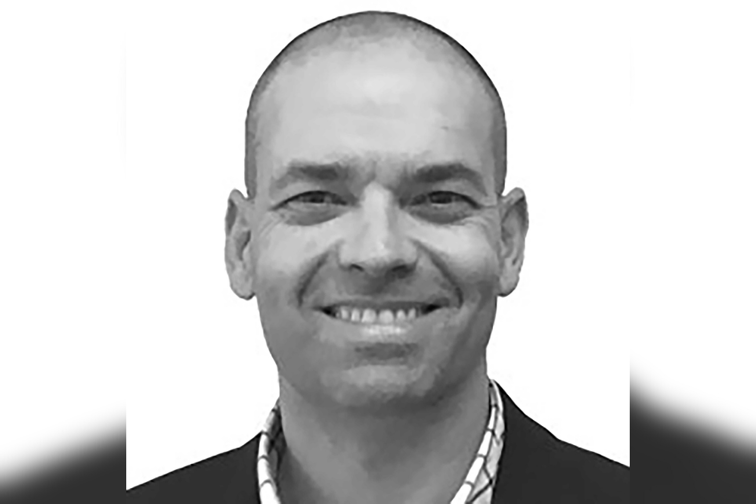

It was on April 14 when the Insurance Council of Australia declared an insurance catastrophe for areas affected by Cyclone Seroja – the same day that area manager Dale Sweeney (pictured) and other Sedgwick team members arrived east of Geraldton with a caravan in tow.
“There was limited accommodation,” Sweeney, who is in charge of commercial and domestic complex claims in Western Australia, told Insurance Business. “Power was down in the towns. Because of that, they didn’t have service stations; they didn’t have any EFTPOS or supermarkets running.
“It just made sense – if we have our own accommodation, cooking facilities, and toilet/shower, why not take it with us? So, that was the rationale behind that. We were able to be self-sufficient, which worked well for us.”
The Perth-based claims expert, who also had colleagues deployed to Northampton and Kalbarri, went on to explain: “Western Australia is quite unique in that there are large distances between the properties. You might have to travel 50, 60, 100 kilometres from inspection to inspection.
“So, rather than having to drive back two hours to a base, it’s often easy just to be flexible when you’re in remote locations.”
Meanwhile, Sweeney conceded that much remains to be done.
“There’s still a lot of inspections to go,” he noted. “There’s a lot of claims, a lot of damage, and especially there’s a lot of big properties that just take a long time to go through and inspect and capture all of the damage. It’s certainly not a fast process.”
For instance, Sweeney went to one property that had eight homes within it, six of which were destroyed, plus machinery sheds, equipment, and fertilizer sheds were similarly ripped apart.
Referring to remote farm properties, he said: “They already have limited mobile and internet access, and with the cyclone taking out so many of the towers, many of those people were just completely isolated.
“To make it worse, it was right at the time when they needed to be seeding and getting seed in the ground for this year’s crops. There was a lot of the farming community that was impacted. One of the biggest concerns was how do we help them maintain their normal business operations.”
Meanwhile, a host of other types of structures were also hit – from homes with roofs gone, to gutted strata complexes, as well as damaged church buildings. The priority was to identify the most urgent needs for people and act on them accordingly.
“We’re coming up with processes that we’ll be able to get through relatively fast,” highlighted Sweeney. “The big thing, like any event like this, it catches us unaware. This cyclone, for instance, we thought it was going to come through as a category two, and then all of a sudden it’s come through as a category three and it’s held that for a lot longer as it went inland.
“So, there’s a lot more damage than was probably first expected. Also, with engineers, building consultants, loss adjusters, insurers, it takes a little bit to get a process going. But once everyone’s on the same page, it gains momentum very fast.”
COVID-19, meanwhile, has compounded the whole process. With borders shut the world over, international assessors or staff are unable to assist.
Sweeney, whose focus is to help people by getting their claims settled as quickly as possible, told Insurance Business: “It’s just taken us into new territory, and now we’ve got to get creative and come up with ideas that we can work around the position that we’re in.”
